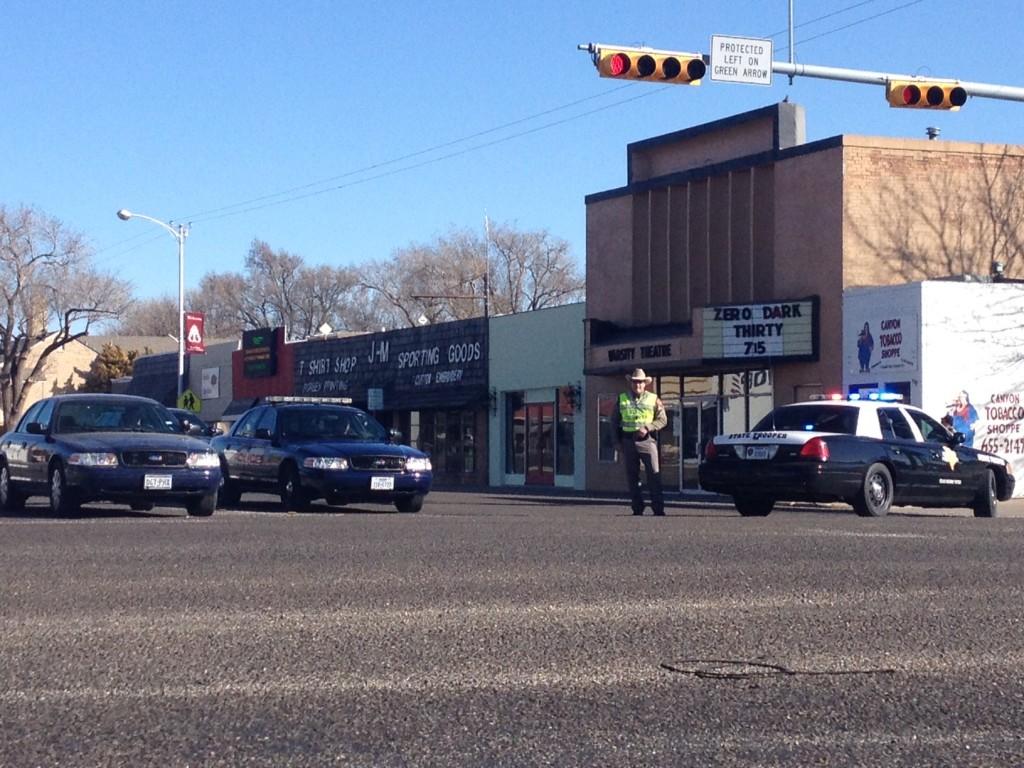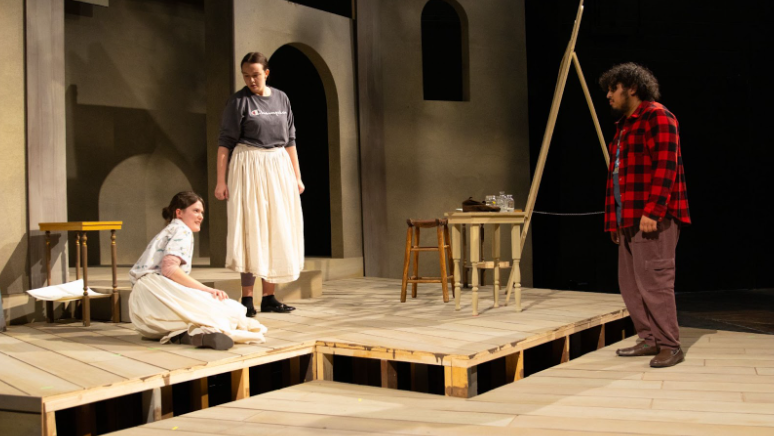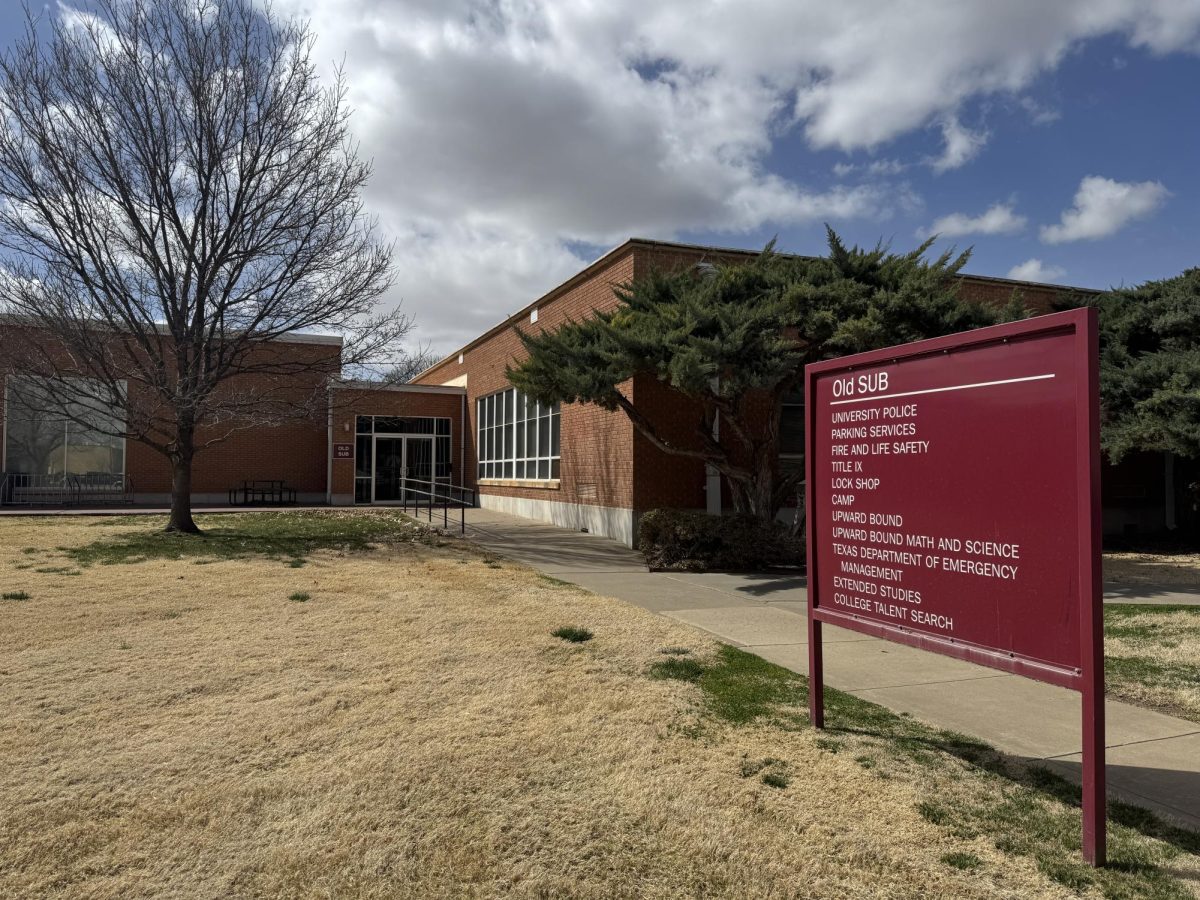
On Monday, Feb. 11, students received notification of a mandatory evacuation that would cancel many afternoon classes. The drill not only caused confusion, but also created a mixed reaction among students who either were content with the evacuation because it was something they felt that needed to be done or students were upset because of the inconvenience it created for commuters trying to leave campus.
Dr. Steven Severn, associate professor of English and an emergency coordinator for the university, said from what he was involved with, the drill went well.
“A drill that causes confusion could be a good drill,” Severn said. “The thing that I noticed that seemed to go the smoothest and what I was most surprised with was how quickly and how well students got the word and teachers got the word.”
Lt. Patrick Coggins, a university police officer, said what they could take away from the evacuation was the best part of the evacuation.
“We have a plan and we can execute it,” Coggins said. “We learned what worked in our plan and what didn’t work so well. We have a generally good idea now on how long it takes to evacuate this campus.”
Coggins also said the notion of the drill being a bomb evacuation is a misconception. While the university police department swept the campus like they were looking for a bomb, the ultimate goal was to see how long it would take to evacuate the campus and then sweep the campus. This scenario can now be applied to multiple situations.
“This was a two-part plan,” Coggins said. “Number one what we did was we practiced an evacuation drill. Number two was that we swept campus under the scenario that there was a bomb threat.”
Coggins said traffic was an issue, but wanted to emphasize to the readers that whatever the fastest way from one’s location is away from campus is the route they need to take. Coggins also said the jurisdictions of the different law enforcement organizations remain the same. Traffic accidents on campus are maintained by the University Police Department, accidents in Canyon are maintained by Canyon Police Department and accidents on I-27 or between Canyon and Amarillo are maintained by Texas Department of Public Safety.
“When we evacuate campus, a police officer directs traffic at certain intersections,” Coggins said. “[If] we’re evacuating the campus we want you to leave by the quickest means necessary. Unless there is a police officer at an intersection telling you to go a particular direction, we want you to head for the quickest way off campus. If there is a police officer telling you to which way to go, you have to obey the officer, but other than that the best way to get away from campus is to head out.”
Maggie Webb, a Bio-Chem major, and Dorienne Scott, a Health Science major, feel like the evacuation went well.
“I think they did pretty well getting people out and keeping people off campus,” Webb said.
Scott said she feels safe on campus but the distance to the evacuation point for people on foot was the toughest.
“Yea [I feel safe],” Scott said. “I think it was harder trying to walk all the way towards the fields when you’re all the way in the JBK.”
Another concern some students had was that some instructors did not know the procedure of an evacuation. Severn said he was required to learn as being a floor emergency coordinator but the training is not required for associate professors. Coggins said that is likely because the alert for an evacuation is so much more unique than the alert for a fire drill. Coggins said should there be a lengthy evacuation, there is a building where students can go in the instance of a bomb threat. The same can be made for dorm residents if they have no other place to go.
“We have been in communication with Residential Living, and alternate arrangements can be made for dorm residents if it looks like it’s going to go for a long time,” Coggins said.
Many students are likely wondering if there was a drill for an active shooter or other life threatening situations, what would students do. Coggins said there is a video on YouTube called “Run-Hide-Fight” that is produced by the city of Houston and can aid students in the instance of an active shooter.
“There are a lot of variables [that go into active shooter drills],” Coggins said. “If the shooter is outside we don’t want people coming outside of the buildings. So the direction campus police might give via BRG and BuffAlert would be to shelter in place. But if the shooter is located within a particular building that might change how the message comes across. So there are a lot of variables that are involved in an active shooter situation.”
In the situation of weather issues, Coggins said the Office of Environmental Safety will start disseminating literature on how one can protect themselves in that event. Coggins also said at this moment there are no other drills planned.
Click here for more Information on Weather Safety plans.







